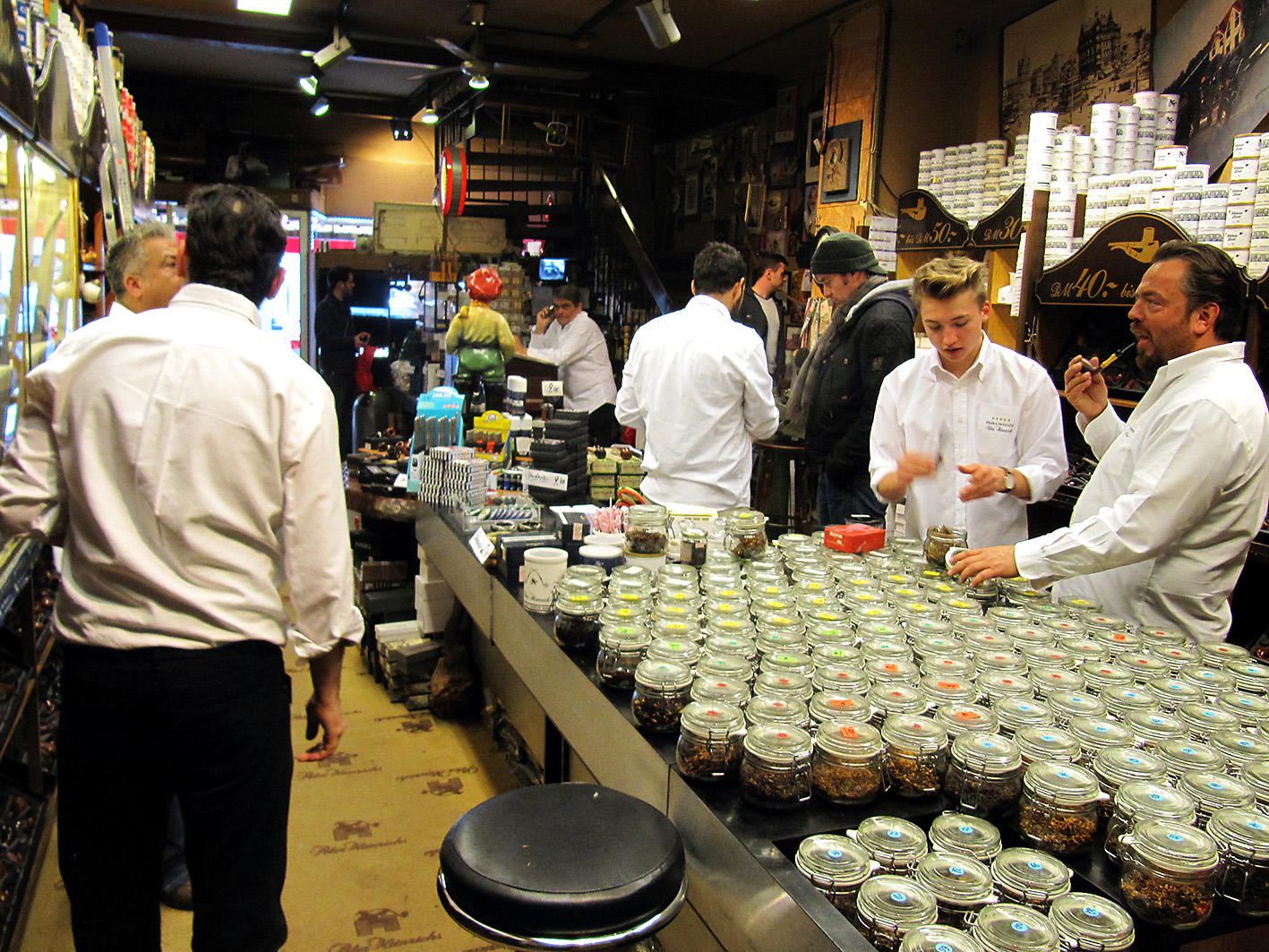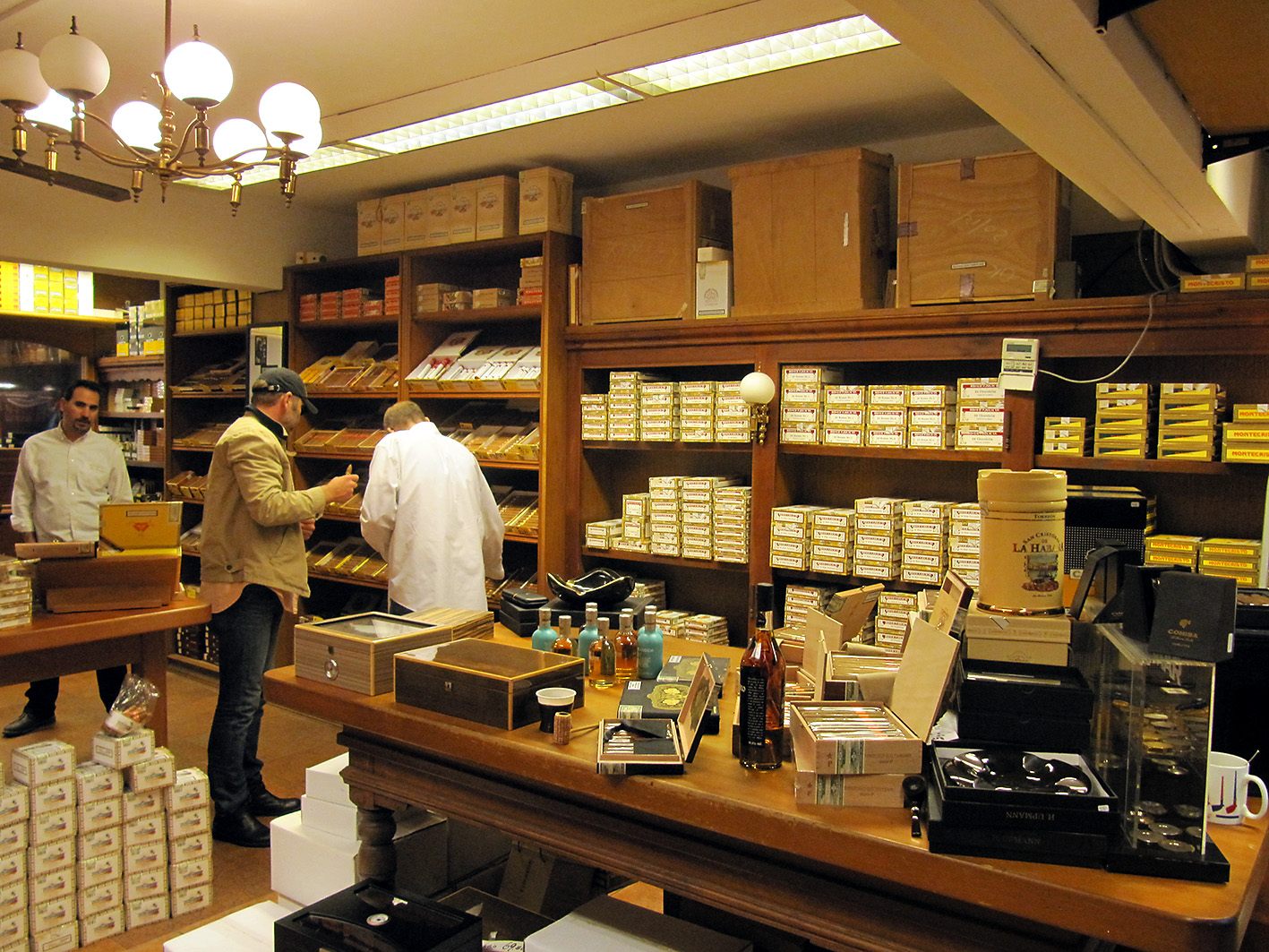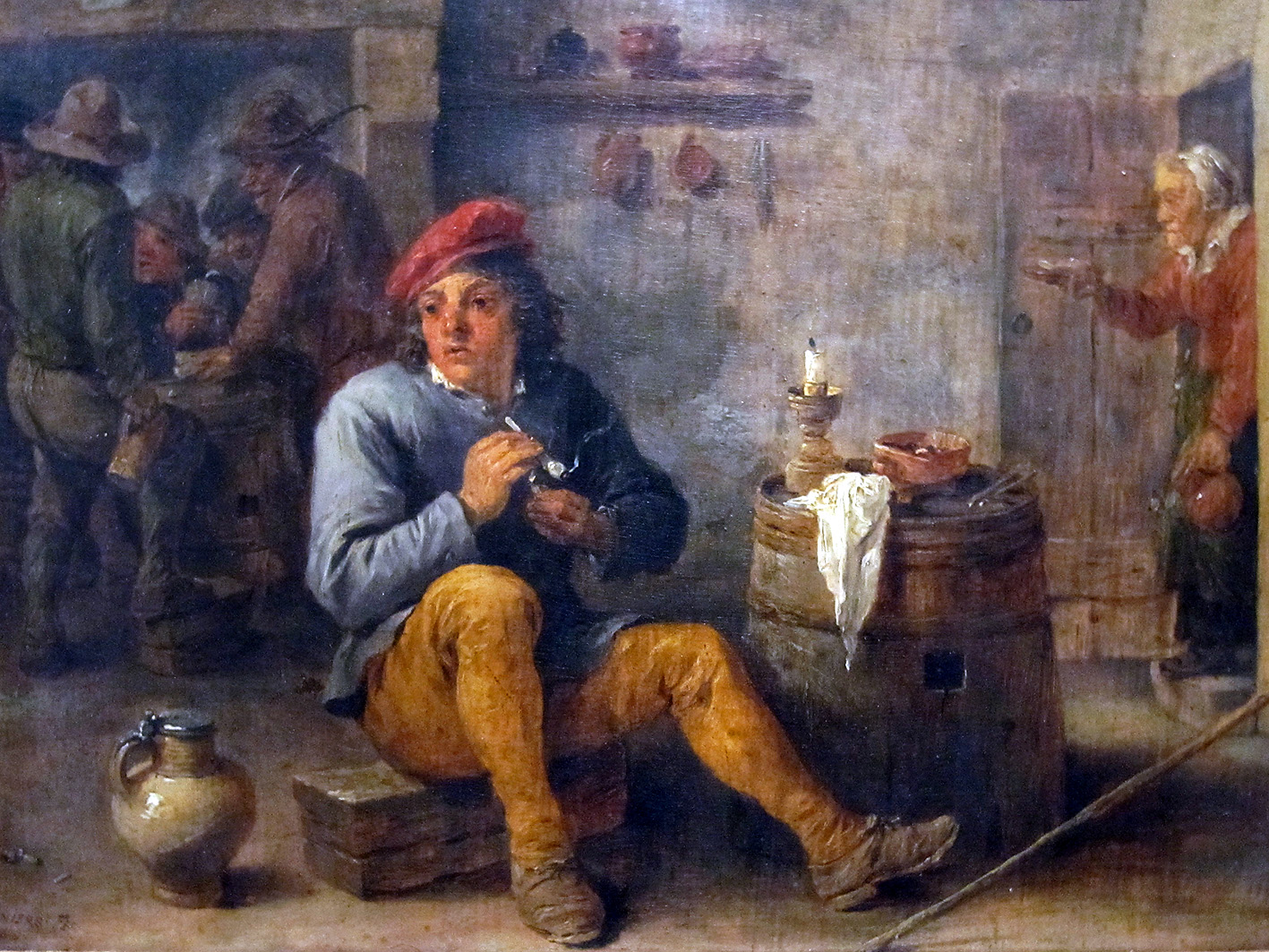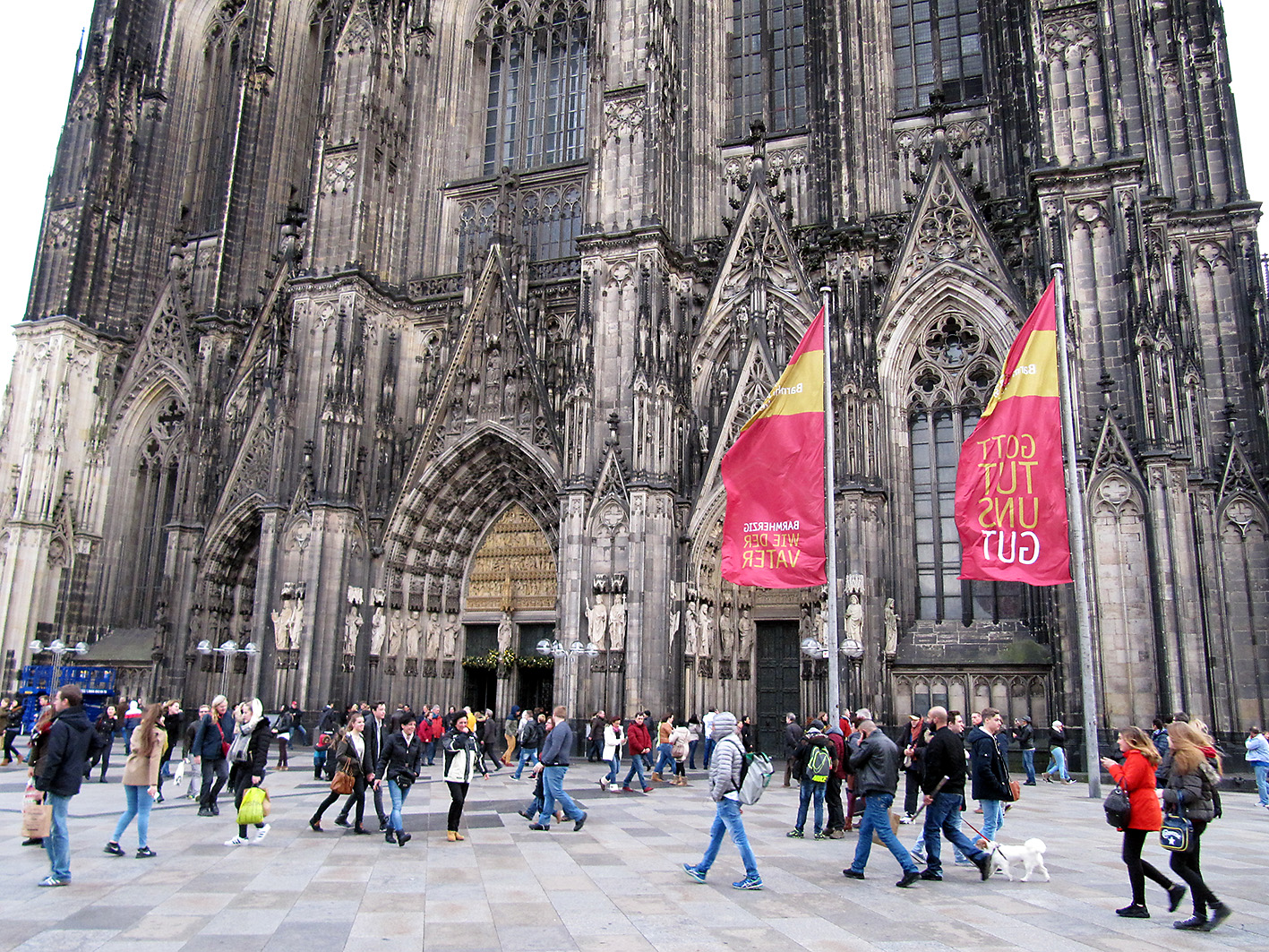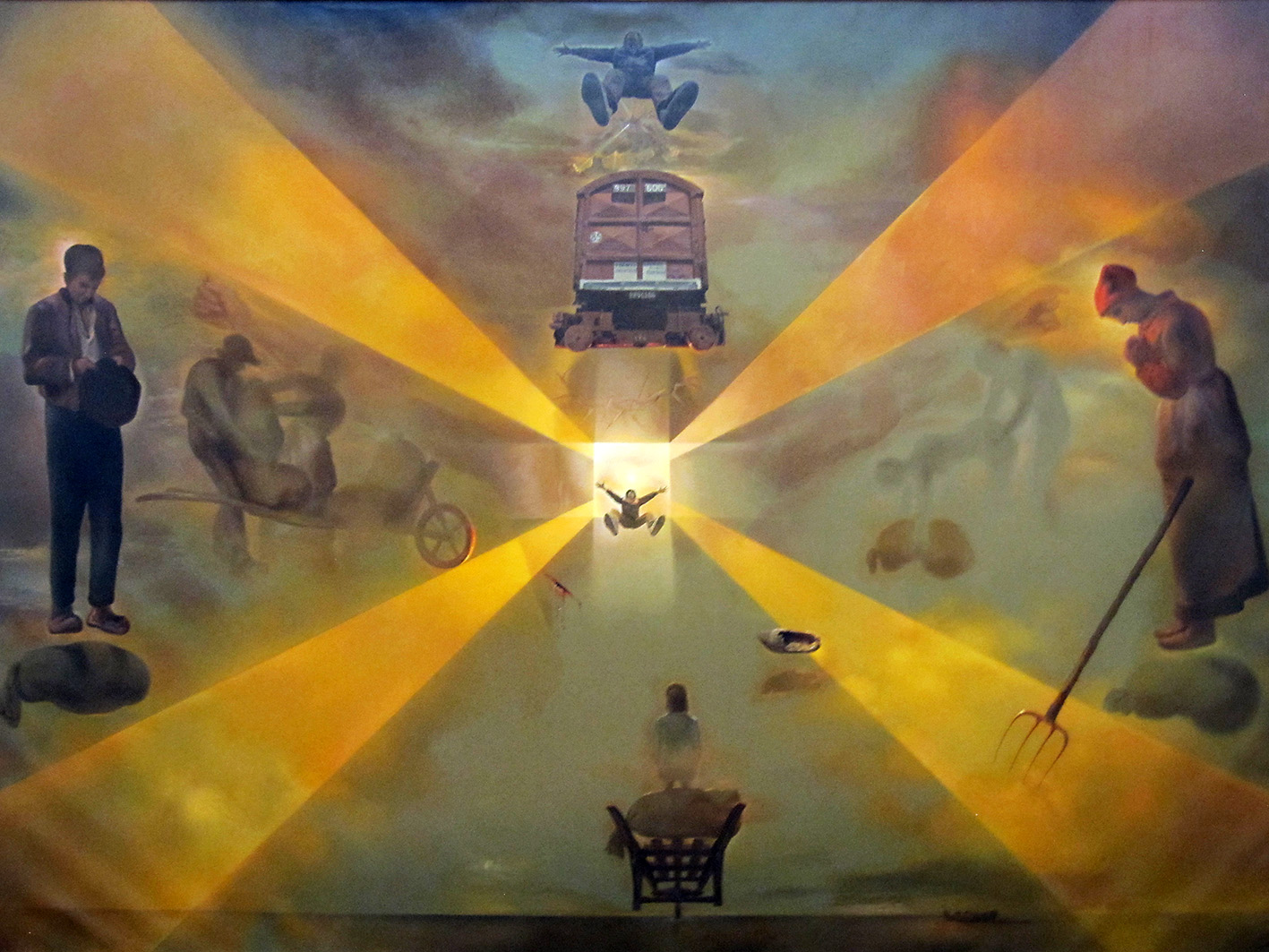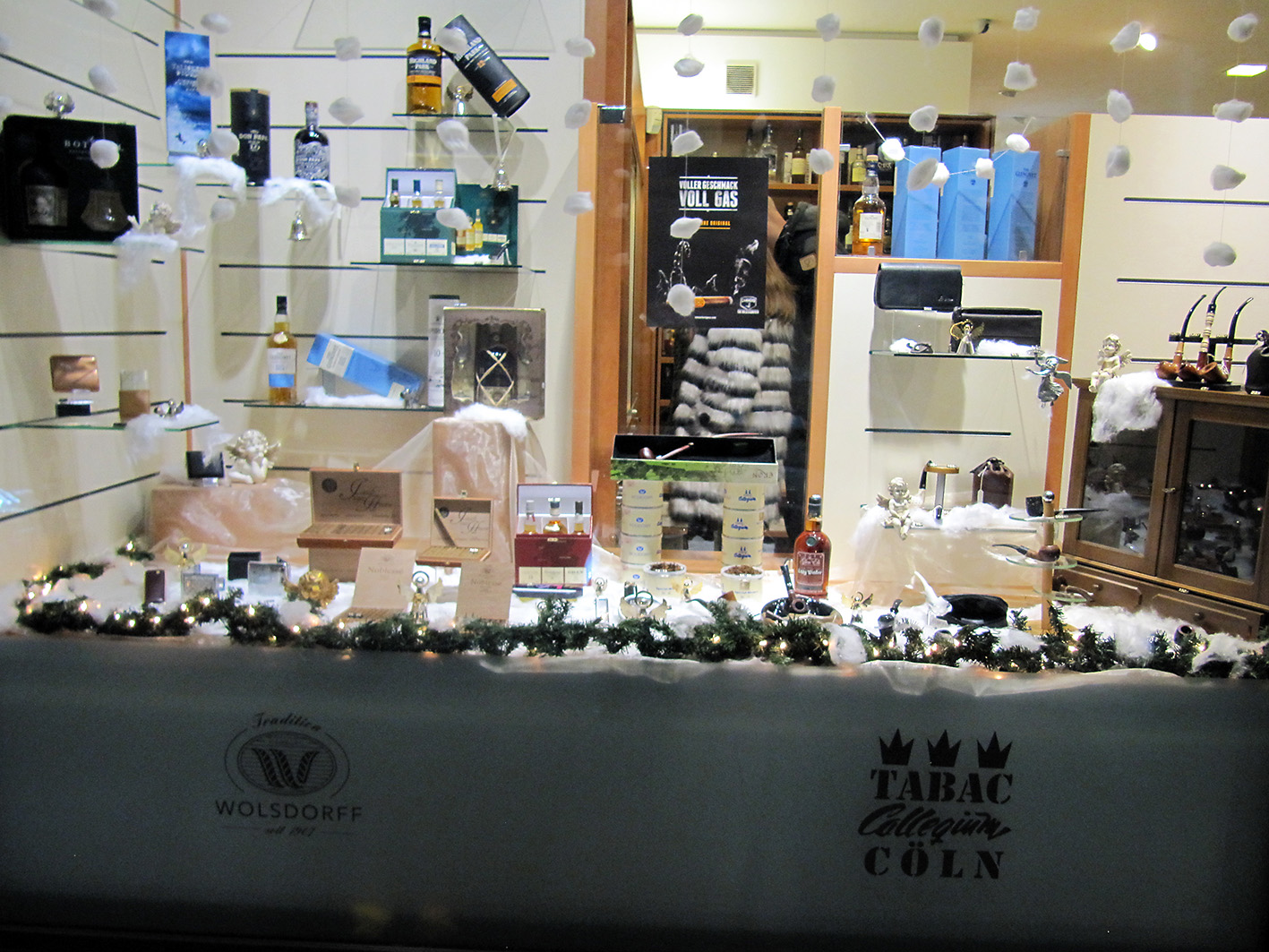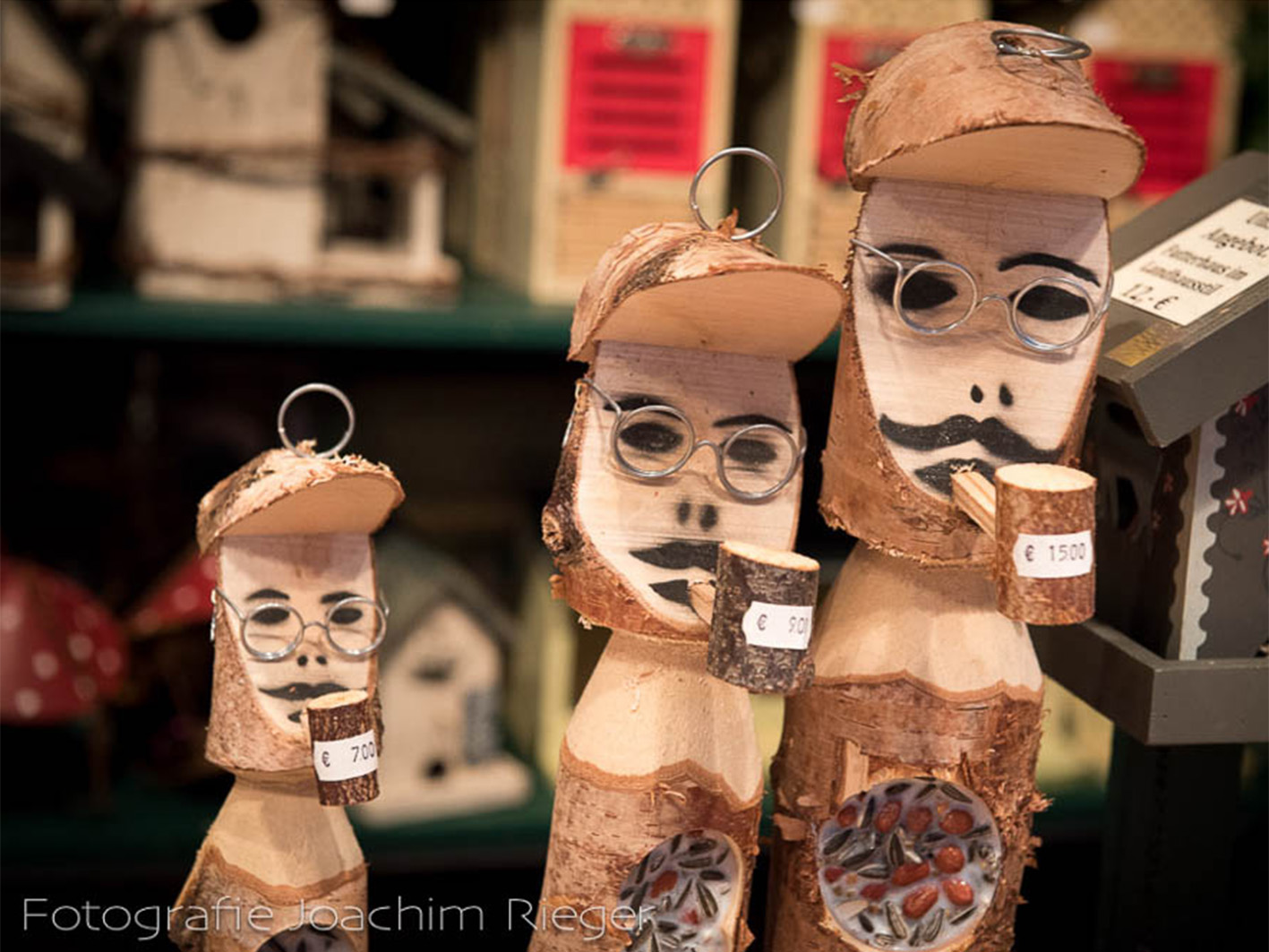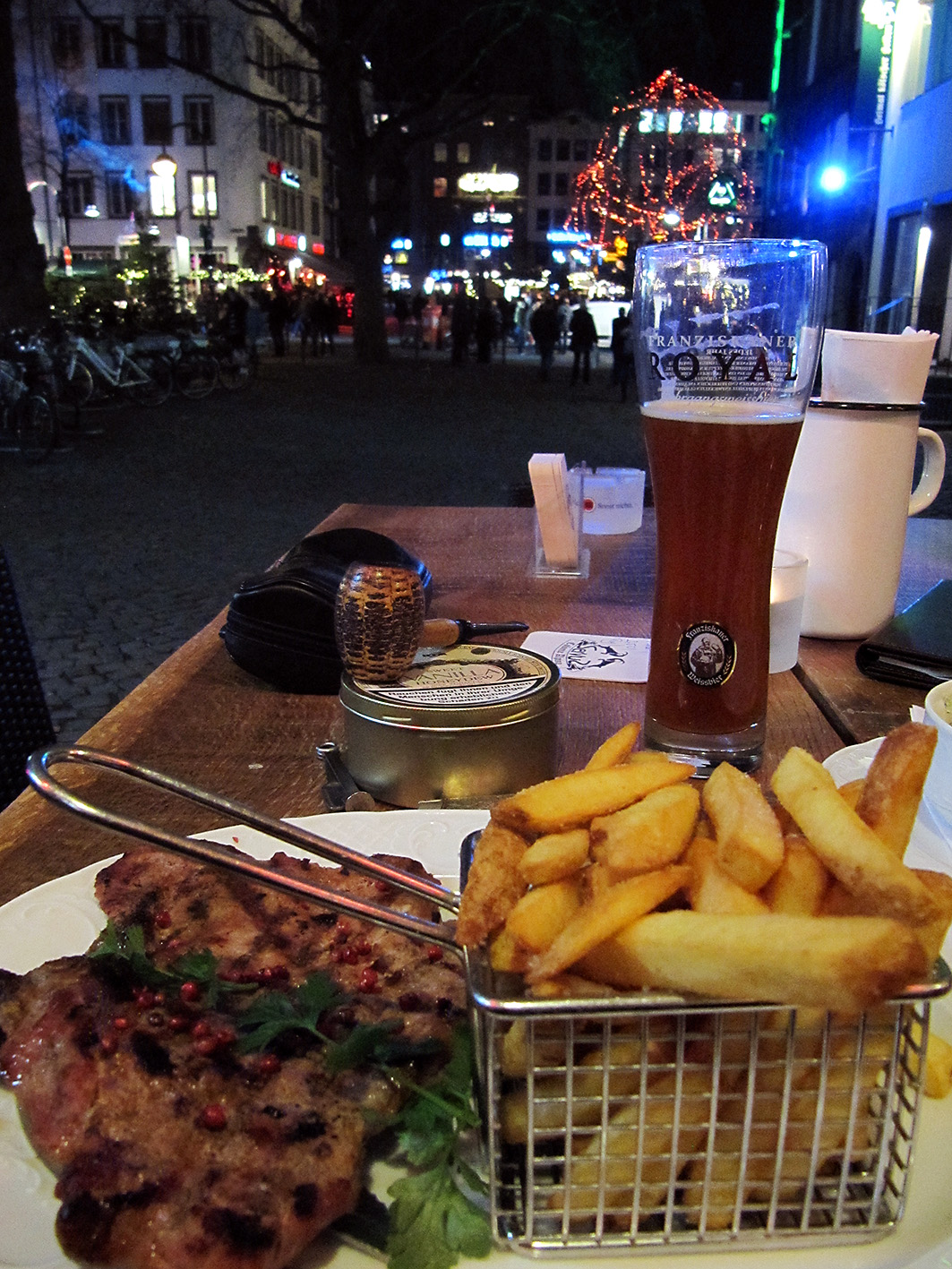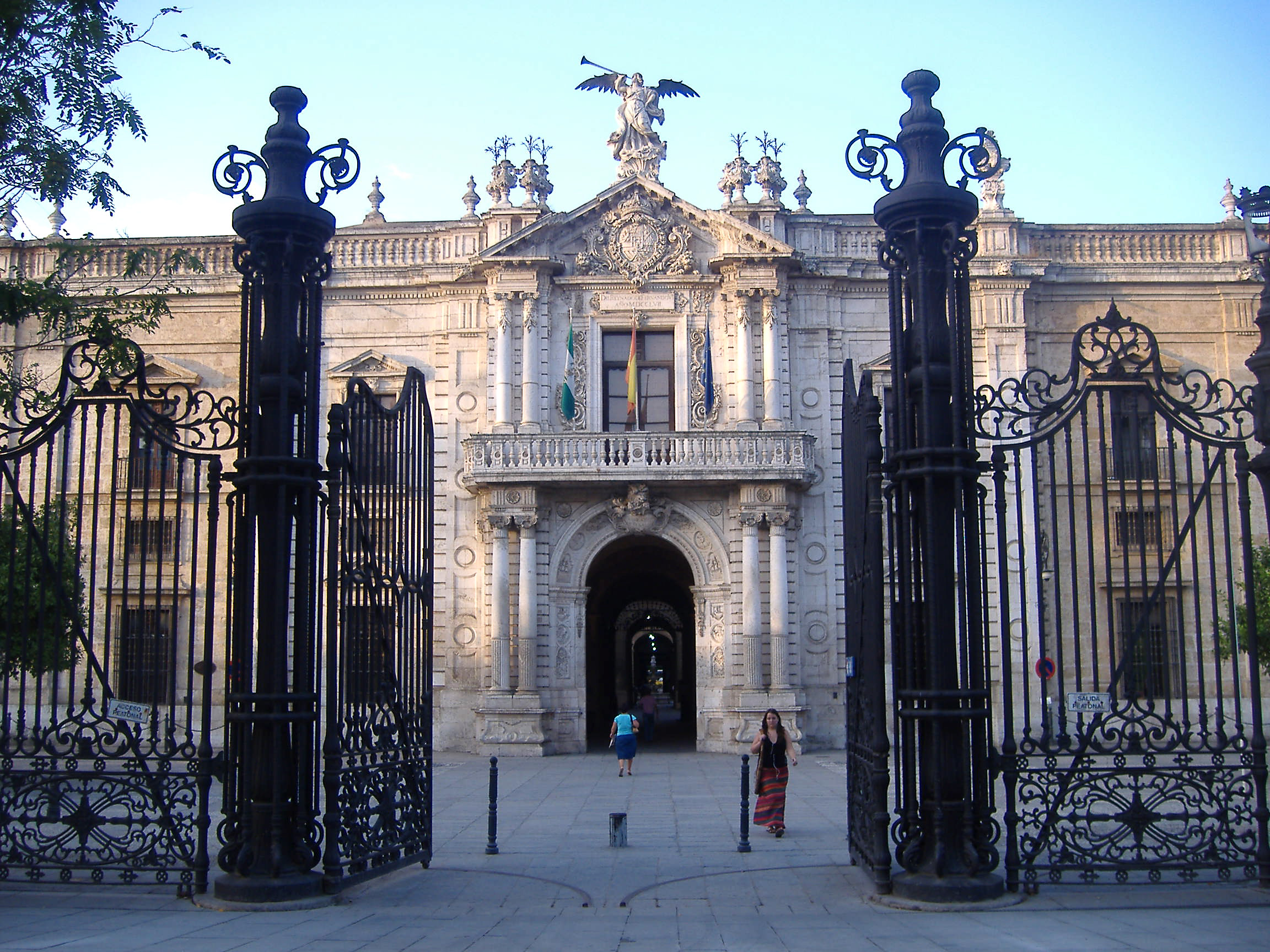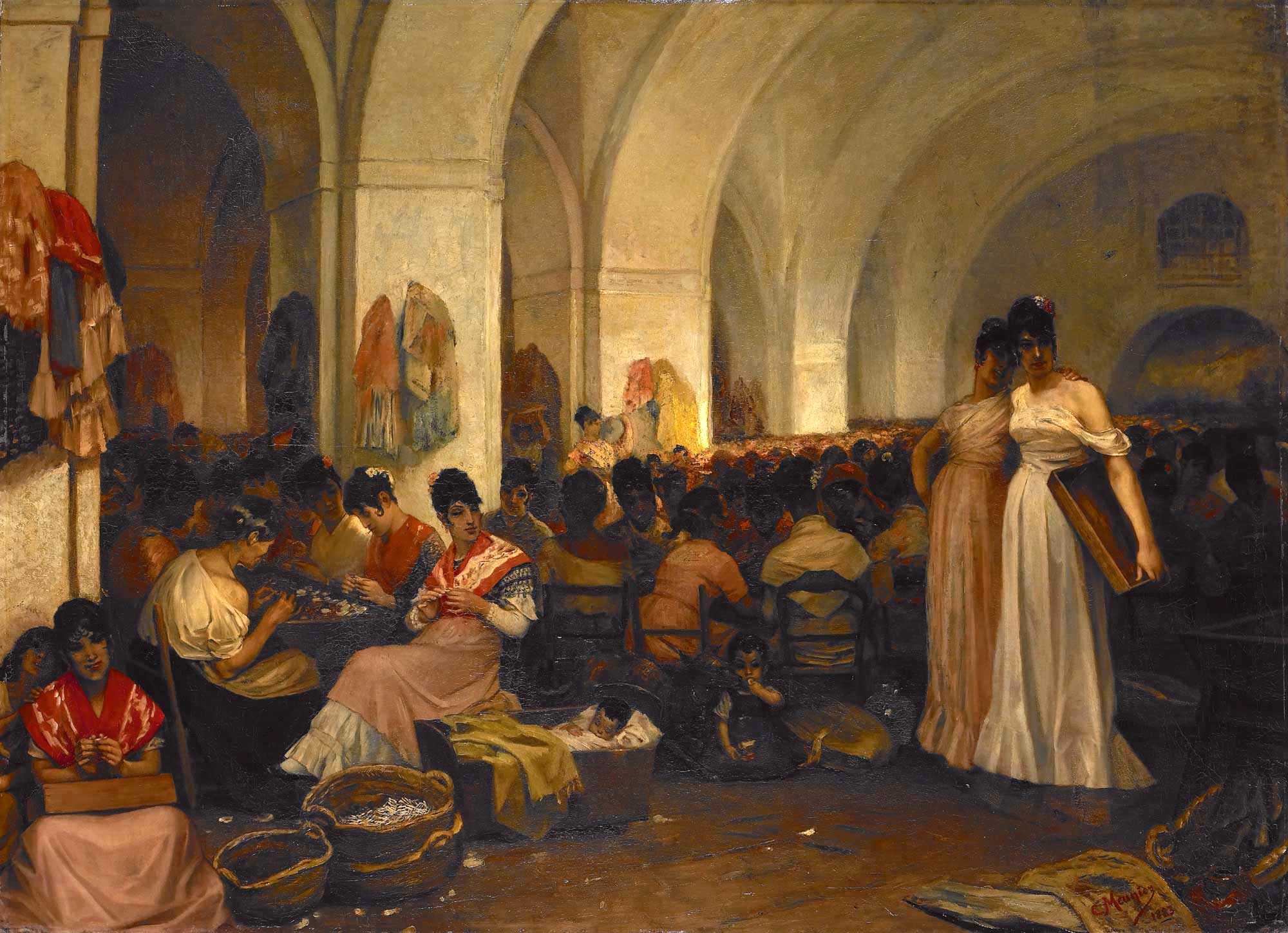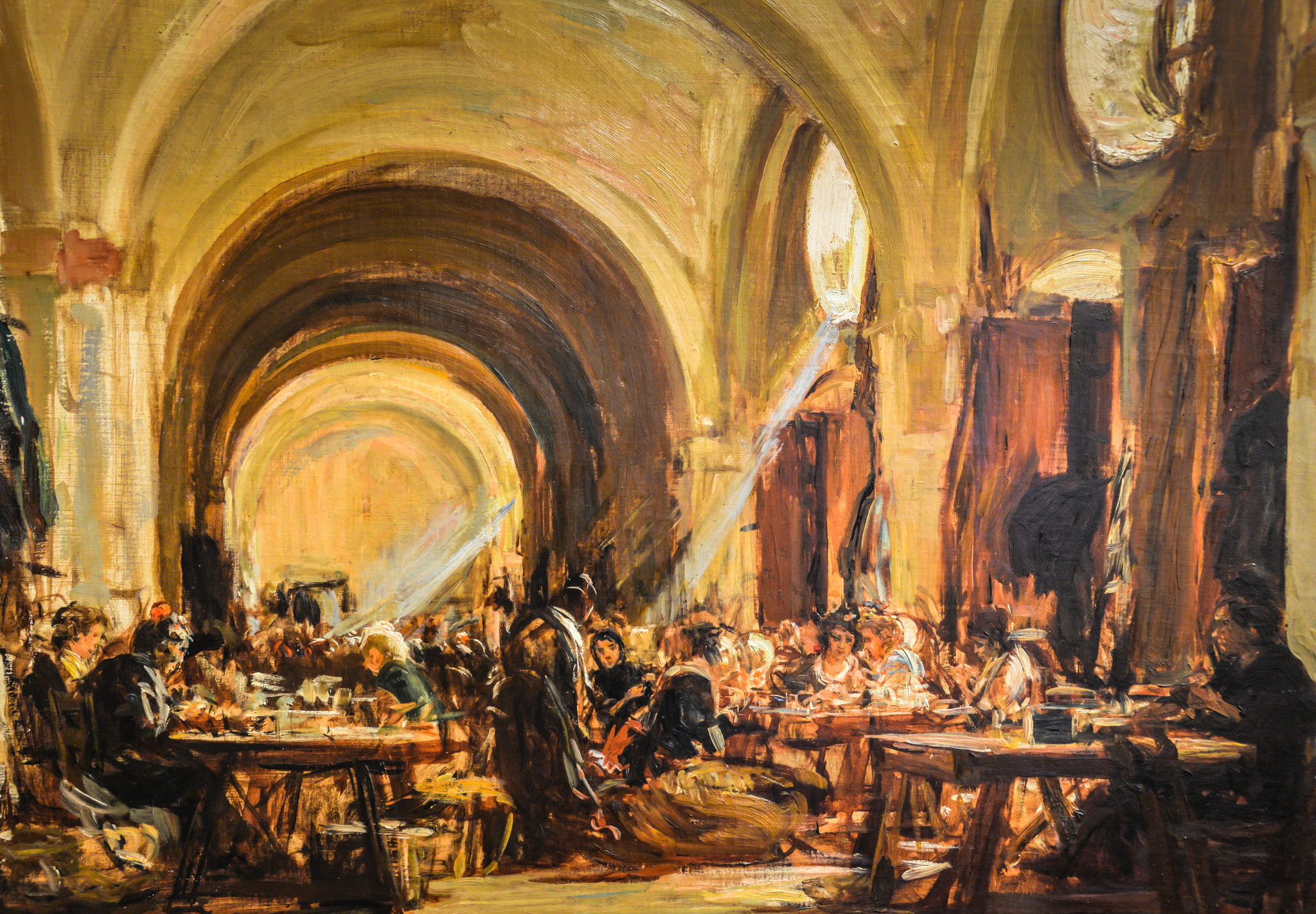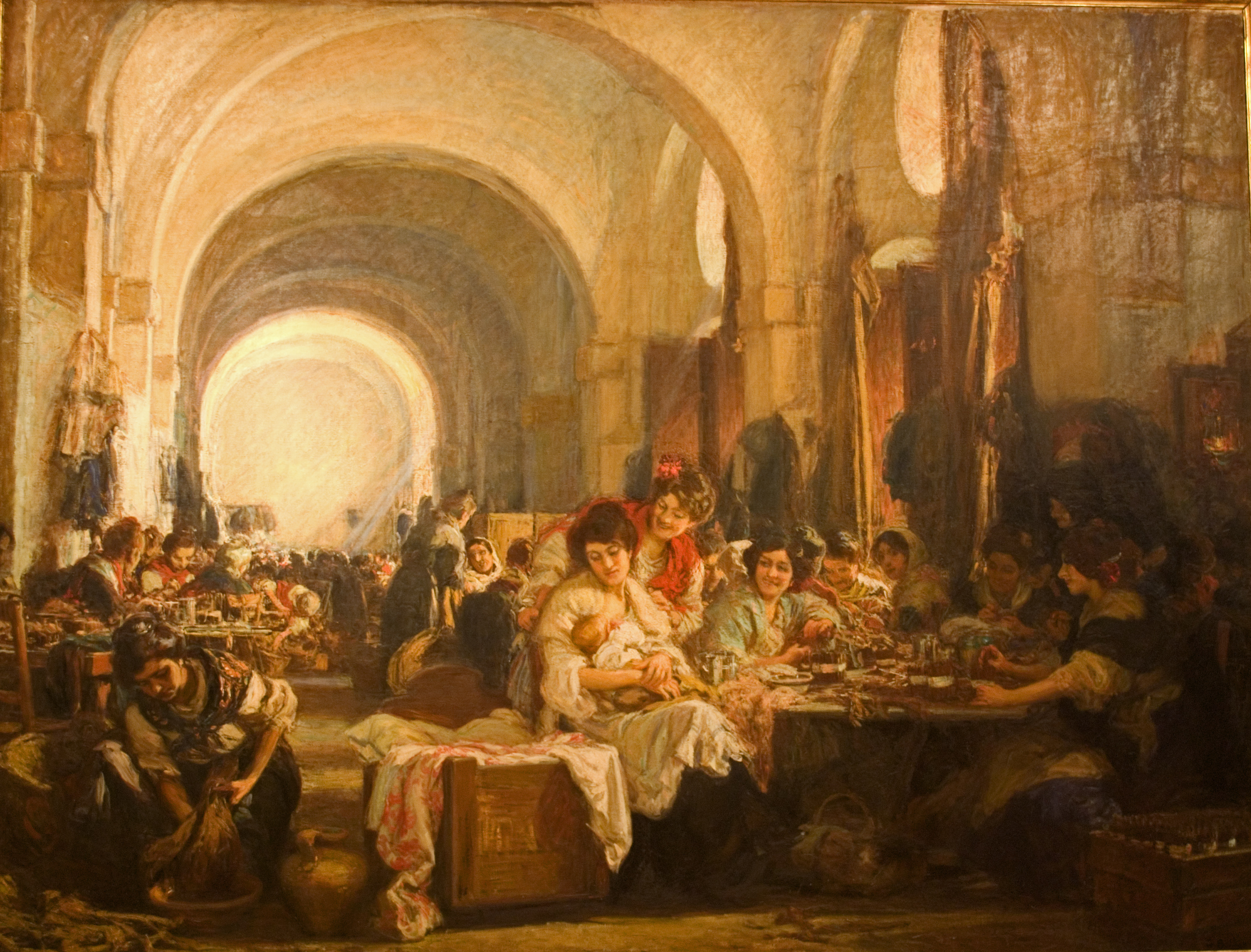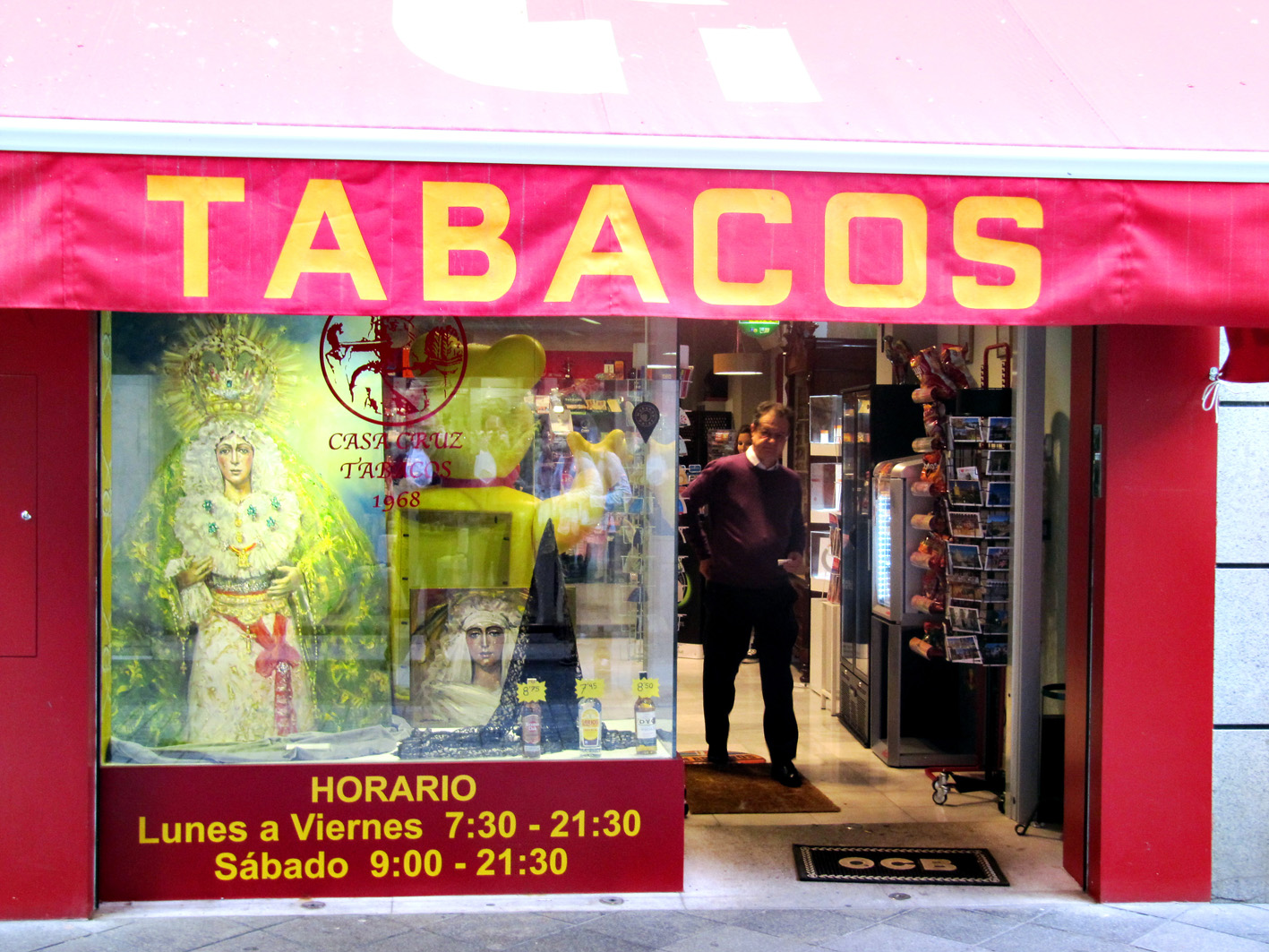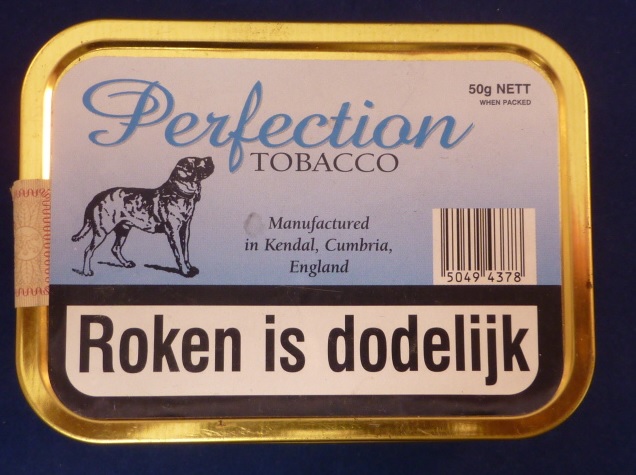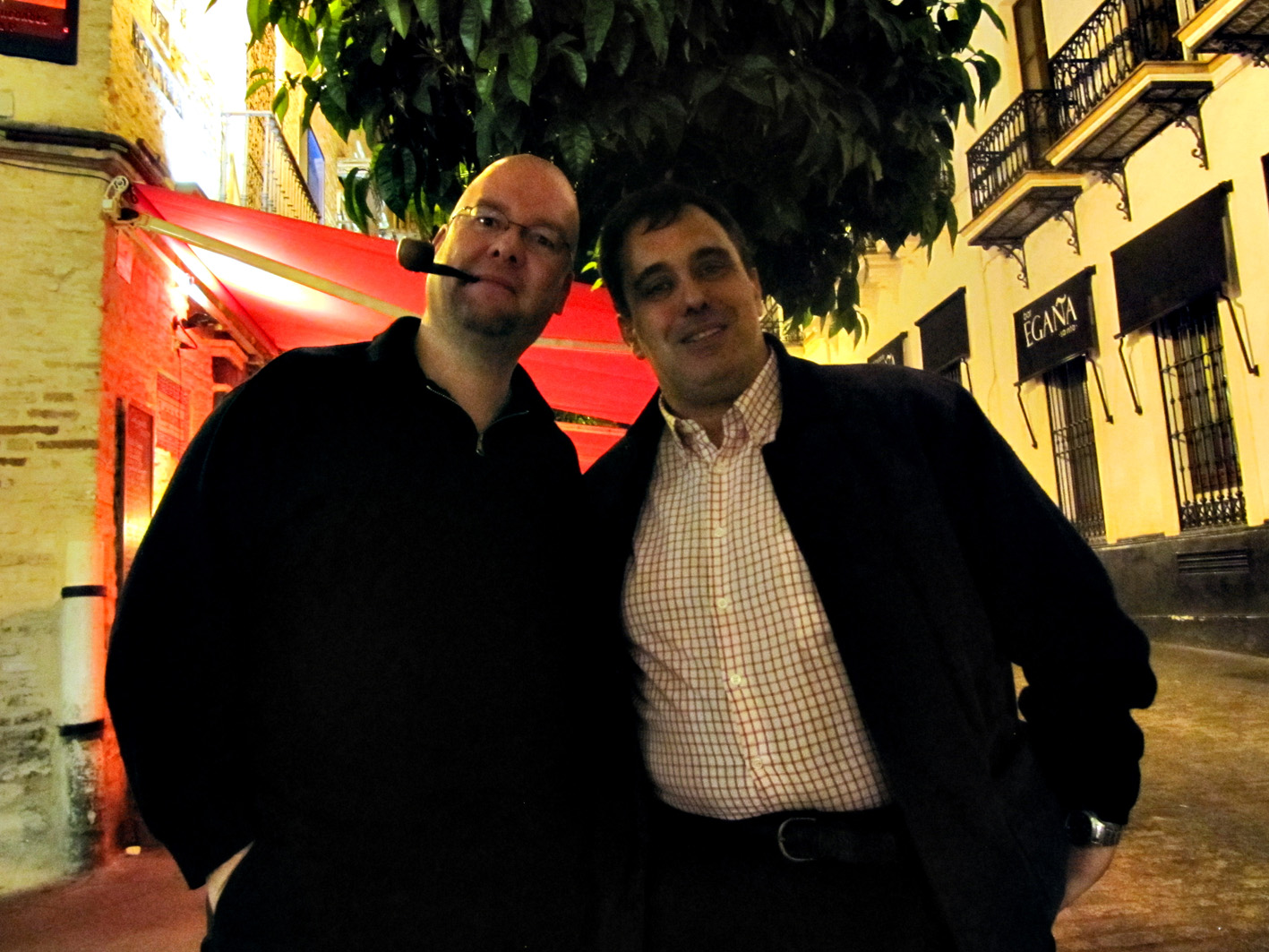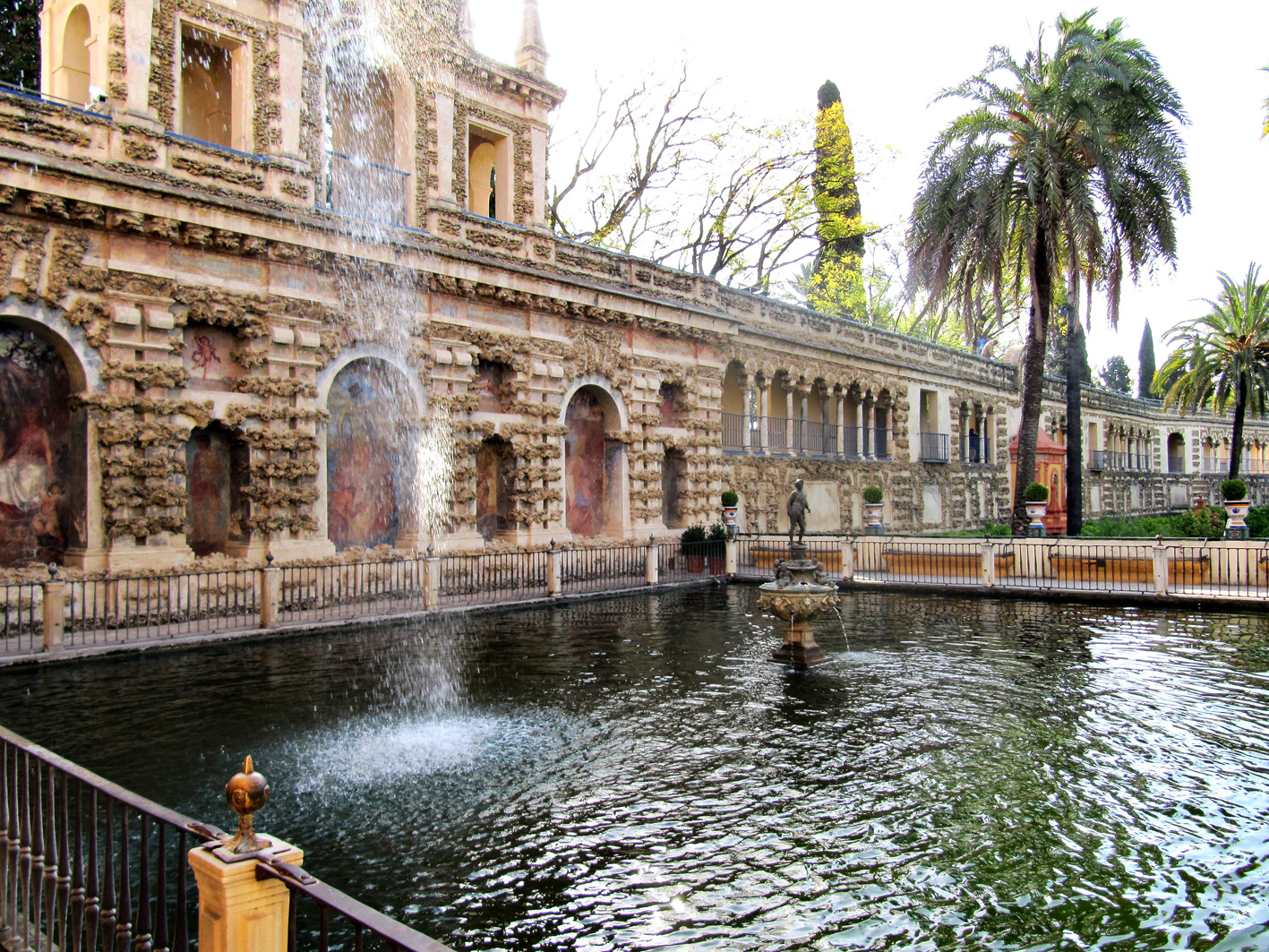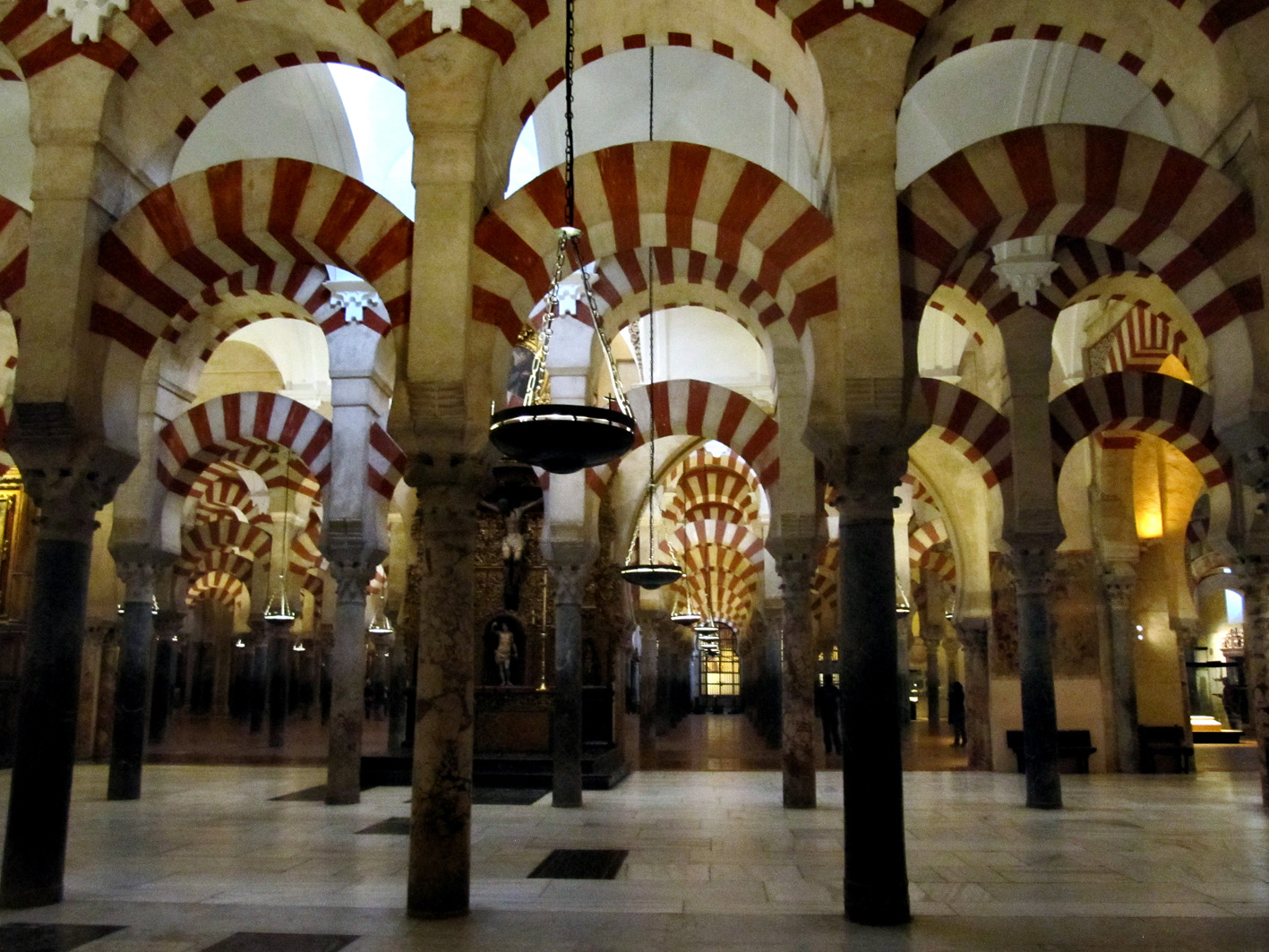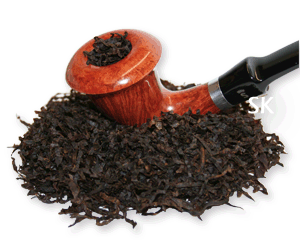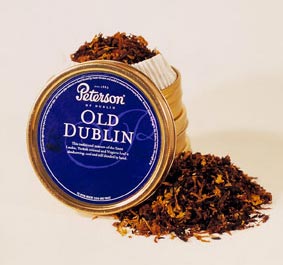 Around Christmas time a lot of cities and towns in Germany have the long time tradition of the Christmas market. Last year Ellen and myself wanted to go to the big city of Cologne, but the weather-forecast was so bad that we stayed home. However, now things looked fine enough so we decided to go. Every year, the city centre of Cologne is touched by the (commercial) magic of the festivities in the run-up to Christmas. When the Christmas markets in Cologne open their gates on the last Monday before Advent, millions (!) of visitors from around the world delight at the (often expensive) goods on sale at the quaintly designed huts (or “Buden”). I must say, Christmas music, arts and crafts, toys, Christmas decorations and the scent of the Christmas bakeries all create a wonderful atmosphere. Pewter pourers, wreath binders and glass-blowers demonstrate their art and the aroma of mulled wine, hot chestnuts and gingerbread fills the air.
Around Christmas time a lot of cities and towns in Germany have the long time tradition of the Christmas market. Last year Ellen and myself wanted to go to the big city of Cologne, but the weather-forecast was so bad that we stayed home. However, now things looked fine enough so we decided to go. Every year, the city centre of Cologne is touched by the (commercial) magic of the festivities in the run-up to Christmas. When the Christmas markets in Cologne open their gates on the last Monday before Advent, millions (!) of visitors from around the world delight at the (often expensive) goods on sale at the quaintly designed huts (or “Buden”). I must say, Christmas music, arts and crafts, toys, Christmas decorations and the scent of the Christmas bakeries all create a wonderful atmosphere. Pewter pourers, wreath binders and glass-blowers demonstrate their art and the aroma of mulled wine, hot chestnuts and gingerbread fills the air.
And yes, Christmas MarketS, there are several scattered throughout the vast city centre. Like the one in front of the impressive backdrop of Cologne’s landmark, the Cathedral, with 150 attractively designed wooden pavilions and a stage where children’s choirs and so can perform. Or the oldest Christmas market, held on the Neumarkt with an angel theme. These are one of the highlights here. Dressed in white and sprinkling glitter powder they waft through the alleys spreading good ol’ jolly Christmas cheer (no not the tobacco…). Once a week, Santa Claus, together with an angel, makes his grand entry onto the Neumarkt on horseback. The lucky bastard! But probably the most attractive Christmas market is the one on the Alter Markt in front of Cologne’s city hall with a gnome theme. Legend has it that the Heinzelmännchen (house gnomes) performed all sorts of different jobs for the locals of Cologne: they prepared the sausages for the butcher, sewed the clothes for the tailor baked the bread for the baker etc. So the winding alleys of the “house gnomes Christmas market” are themed just like the guilds of days past. From treats, toys and items to waken that feeling of nostalgia to handicrafts and Christmas products.
 But Ellen and myself did not come only for the Christmas markets, we wanted to visit some museums and the Cathedral. You know, sniff some culture in stead of tobacco. Talking about the latter, of course I also wanted to stop by a couple of tobacco shops. The journey to Cologne went smooth, we started off with some rain but as we neared our destination the weather improved and we even saw some rays of sunlight! In fact, it was pretty hot for December standards, 15°C! At first I wanted to park the car near one of the museums but since the store of Peter Heinrichs is located close to the edge of the centre we opted to look for a parking spot there. Driving in busy city centres is mostly nerve wrecking for me so I was glad I found a parking garage at the Neumarkt. But it was closed! Arrghh! After a few minutes of evading pedestrians and bicyclers in the small streets we found a smaller parking garage with only 3 places left. Luckily I was there just in time before some German motorists, sorry guys!
But Ellen and myself did not come only for the Christmas markets, we wanted to visit some museums and the Cathedral. You know, sniff some culture in stead of tobacco. Talking about the latter, of course I also wanted to stop by a couple of tobacco shops. The journey to Cologne went smooth, we started off with some rain but as we neared our destination the weather improved and we even saw some rays of sunlight! In fact, it was pretty hot for December standards, 15°C! At first I wanted to park the car near one of the museums but since the store of Peter Heinrichs is located close to the edge of the centre we opted to look for a parking spot there. Driving in busy city centres is mostly nerve wrecking for me so I was glad I found a parking garage at the Neumarkt. But it was closed! Arrghh! After a few minutes of evading pedestrians and bicyclers in the small streets we found a smaller parking garage with only 3 places left. Luckily I was there just in time before some German motorists, sorry guys!
Peter Heinrichs was our first stop, pretty easy to find beside the Hahnenstraße. It was nice to see this shop since I have been several times in his bigger store in Bergheim, pipe-smoking valhalla! From the front the Cologne-shop did not seem big, however, from the inside it seemed a lot larger. The wall-cabinets were fully stocked with all kinds of pipes and in the middle of the store stood a large table complete with all of the Peter Heinrichs house-tobaccos. First thing I noticed were the large number of of employees, almost more than there were customers! Second thing I noticed was the warm smile and silent welcome of Peter Heinrichs himself, he was busy on the phone. Almost immediately I was greeted by an employee with the question if he could be of assistance. No thank you, I just wanted to look around, which was fine. Then another employee asked if we would like a cup of coffee. Yes please! While sipping on the hot dark liquid I asked the first employee if he had a tin of Peter Heinrichs Nr. Nr…… 30? The one with curlies… “And a bit of latakia.” The man quickly answered. He fetched a tin from behind. I wanted to fill the corncob I brought with me with some aromatic. “Do you have something with vanilla?” I asked. Immediately the employee recommended one of the house blends. I smelled it and asked if he had a blend with even more vanilla. Also a direct answer here and I filled my pipe with a pleasant sweet mixture. The knowledge of the employee was pretty impressive, I mean, they have about 170 house blends! Peter Heinrichs himself must give them one hell of an education!
I also was looking for a tasty plug. Once again the employee was helpful and produced a bag of the well-known Curly Block. “Ehmm.. That is a curly, not a plug.” I answered. “I mean (while making square movements with my hands) a square piece of pressed tobacco.” The employee rushed to the front of the store and fetched a plug of Peter Heinrichs Reserve Crue No.6. That was more like it! On the upper floor of the shop were cigars and I could not resist the temptation to ask if they had my favourite cigar: My Father Cigars La Antiguedad. Immediately I was guided into the (surprisingly large) climate-room and yessss… A box of the rolled tobacco leaves was produced. But I only took two. I smoke cigars in summertime and a whole box is just too much (and too expensive) for me. I thanked the employee for his help, paid for the goods and we were on our merry way again.
It was time for some culture so we walked to one of the big museums in Cologne, the Wallraf-Richartz-Museum. It houses an art gallery with a collection of fine art from the medieval period to the early 20th century from painters like Vincent van Gogh, Peter Paul Rubens and Hieronymus Bosch. We started in the lower level of the building where there was an exhibition of Godfried Schalcken, mostly portraits with candlelight. Because of that the rooms were sparsely lighted and everything was really quiet. Until my mobile phone began to loudly rang. Arghh!! I dug it up from one of my pockets, immediately turned off the hellish noise and silently apologized myself.. One of the fun things about museums for me is to discover paintings with pipes or pipe-smokers in them. And I can say, I found several in the Wallraf-Richartz-Museum. I am not going to say where and which ones, find it out yourself.
Next stop was the eternal landmark of Cologne, the cathedral. Although I saw it from the inside several times now (I’ve been in Cologne a couple of times before) it never fails to impress me. The enormous space inside, the stained glass windows etc. All really beautiful. What is also beautiful is the Cathedral treasury which one can reach from the side of the big building. Here all kinds of religious artefacts are displayed under which the famous wooden sarcophagus of the Three Kings (the gilded one is placed above and behind the main cathedral altar). Quite fitting was that I brought a tin of Cornell and Diehl’s We Three Kings with me, the Christmas blend from last year. I held it up to the sarcophagus and asked the holy remains of the three wise men to bless the tin. Afterwards it still tasted the same.. A good but not remarkable blend of red Virginia, bright Virginia and Katirini orientals with flavours of allspice, cinnamon and vanilla.
Behind the cathedral is the Museum Ludwig which houses a collection of modern art. It includes works from Pop Art, Abstract and Surrealism and has one of the largest Picasso collections in Europe. It also features many works by Andy Warhol and Roy Lichtenstein. To be honest, I am not a fan of modern art but Ellen loves it. However, there is one painting there which changed my life. Many years ago as a boy I visited the Museum Ludwig on a school-trip. Uninterested I strolled through the hallways of the museums from room to room until I saw a large painting which impressed the hell out of me: Salvador Dali’s La Gare de Perpignan (Perpignan Train Station). For some reason I still don’t know it spoke to me and I sat down in front of it. It wasn’t until then that I noticed the image of Christ on the cross, floating in the centre of the composition and I just was in awe about how that was integrated in the painting. This changed the way I looked towards art and to this day I am still a huge fan of the works of Salvador Dali.
Well, Ellen had her fill so it was time to visit another tobacco-shop. A couple of streets from the Cathedral the Wolsdorff Tobacco GmbH Tabac-Collegium store is located. I now realize that Ellen has a fine nose regarding tobacco-shops. If she wants to wait outside, the store is mwahh, if she goes inside the shop is good. She went for a walk further down across the street so I should have been warned.. Well, warned.. The assortment of the store was fine, nothing to complain. Pipes and tobaccos from a lot of brands galore. Like most German pipe tobacco shops they have their own brand which means the same blends as every other tobacconist, only with a different label. Also on a shelf were some Samuel Gawith tobaccos and my opinion is that a pipe-smoker never can have enough of that excellent English brand. I saw a tin of Perfection (the favourite blend of Samuel Gawith’s Bob Gregory) and asked the lady behind the counter if I could have one. “Perfection? Samuel Gawith?” “Yes, brand is Samuel Gawith, blend name is Perfection.” I answered. She looked at me questioning and asked another lady behind the counter: “Do we have a blend called Perfection?” The other lady shook her head. “No.” I had enough of it and pointed with a forced smile to the tin on the shelf about a meter from the lady. “Oooh sorry!” *sighs* I also bought a tin of the great Bothy Flake from the Kearvaig Pipe Club, good to see that one on sale in Germany.
Darkness was falling rapidly so we headed to the Christmas market on the Alter Markt in front of Cologne’s city hall. On a picture when I was looking up info about the Cologne Christmas Markets I saw a stand there that sold wooden Sherlock Holmes figures with a pipe in the mouth. Although the market looked absolutely wonderful we did not see everything of it and I did not find the stand. Problem was that it was very, very, very busy. I hardly could take a look at the wares sold and we had to shuffle and squeeze our way through the vast crowd.
So we went to look for a restaurant where we could sit down and eat something. And preferably smoke of course. The latter would not be problem since the wind had gone down and it was… Warm outside! A bit strange for the end of December but ok. Sitting down proved to be more difficult, every time we found a table folks sat down at it before we could reach it .. Grrrr… Suddenly Ellen saw an empty table at a restaurant opposite the Christmas Market. We rushed over there and yessss, we finally could sit down. It was an Austrian style restaurant called Servus with waiters walking in traditional “Lederhosen“. I filled up one of my corncobs with Dan Tobacco’s Sweet Vanilla Honeydew while we waited for the foods and drinks. I learned that German (and Dutch) people appreciate the smell of that one. What smelled (and tasted) even better was the 300 gram steak on my plate! Yummie!!! Ellen had some kind of sausage with mashed potatoes. All by all we ate wonderfully for little money, one of the things I love about Germany. Afterwards the way back home also went smooth. The day had been great with lots of culture, fine foods and drinks and good tobaccos!
UPDATE 4-11-2016:
Today I sadly heard that Peter Heinrichs passed away. Also see this link. May he rest in peace.


